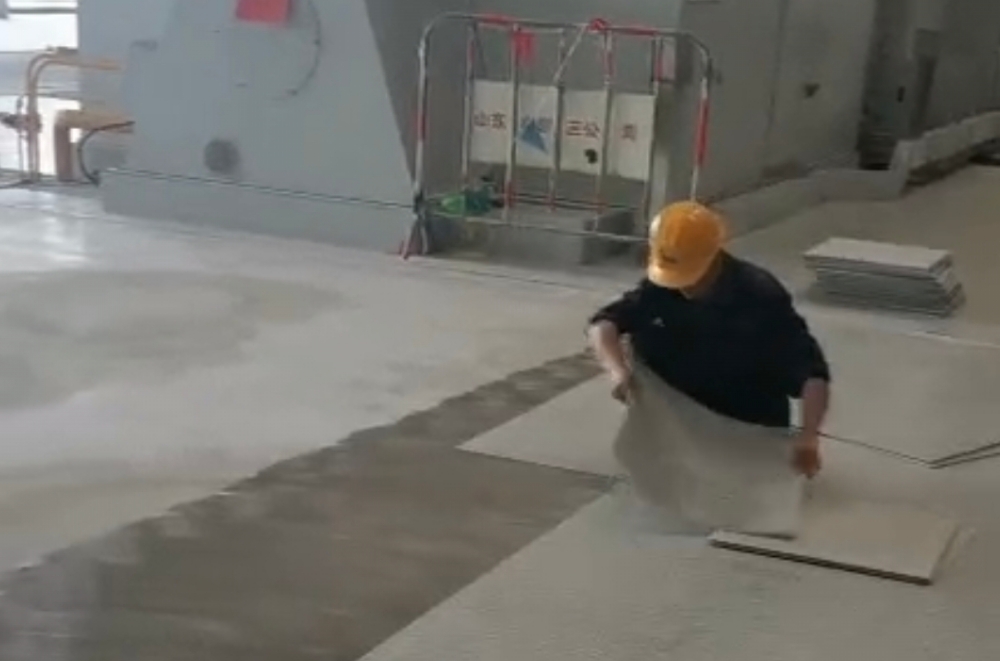Precautions for rubber floor construction
Preparation before construction
1. Material storage: Before construction, rubber floor, primer, self-leveling and glue should be stored in a room with a temperature of 15Ōäā-35Ōäā, away from light and with good ventilation.
2. Stacking requirements: Rubber floor pallets are strictly prohibited from stacking and must be placed in the order of production batch numbers.
3. Environmental adaptation: 24 hours before construction, the floor needs to be spread out indoors to make the floor covering layer consistent with the temperature of the underlying floor, and pay attention to the paving mark on the back of the floor.
 Key steps of construction
Key steps of construction
1. Paving method: The full-adhesive paving method must be used to prevent cracks and arching problems caused by thermal expansion and contraction.
2. Floor treatment: After the self-leveling layer is dry, use a professional grinder to grind and thoroughly vacuum.
3. Line planning: Position and lay out according to the actual size of the site and material specifications, taking into account the accurate calculation of aesthetics and loss rate.
4. Cutting and splicing: Cut the floor according to the line size.
When splicing, overlap the two adjacent floorboards by about 3 cm.
Use an overhead knife or a trimming knife to cut about 1 cm wide along the center line of the overlap area (make sure to cut off the bottom layer of both floors at the same time).
Remove the cut waste edges.
Before gluing, bend the edges of the floorboards in opposite directions (to facilitate gluing and bonding).
5. Scrape glue: According to the properties of the glue used, use a special scraper to scrape the glue evenly.


